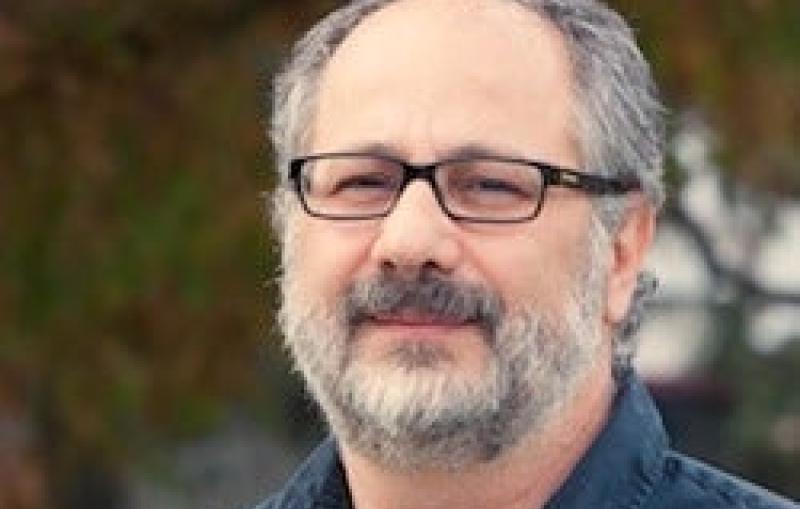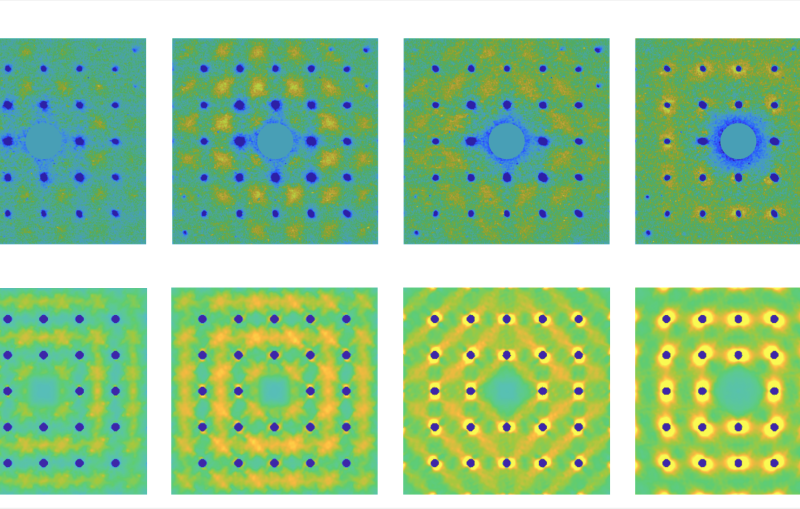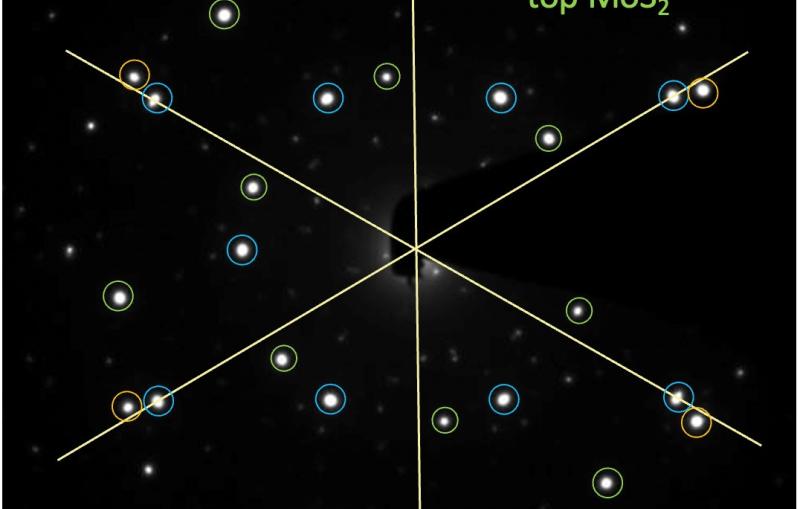SLAC Welcomes Photon Science Faculty Member Young S. Lee
SLAC/Stanford Professor Specializes in Making, Studying Exotic Materials
SLAC’s newest faculty member, Young S. Lee, studies the most unusual materials in the most down-to-earth possible way: He and his colleagues make pure crystals of minerals and other compounds and then test them for useful quantum properties, such as the ability to conduct electricity with 100 percent efficiency.
That approach yielded spectacular results in 2012, when his team at the Massachusetts Institute of Technology measured the hallmark behavior of a fundamentally new type of magnetism in a “quantum spin liquid” – a solid whose particles constantly fluctuate in their magnetic orientation, as if they were in a liquid. This exotic state of matter had been proposed in 1987 but has only recently been made in the laboratory.
Lee’s team observed this remarkable property in a light blue, semi-transparent mineral called herbertsmithite. Theorists had predicted that the mineral’s unique atomic structure would give it potentially interesting properties; but samples dug out of the ground were too dirty for experiments. The scientists would have to make their own.
“No one thought we could make a single pure crystal of this mineral large enough to measure with neutron scattering,” Lee recalled. “I had a student who developed his own technique for doing that. It was an amazing process. It took him two years to figure out the recipe, and another 10 months to grow small crystals. But that patience really paid off.”
Lee said it’s not common for scientists in his field to grow their own crystals for scattering experiments; most rely on other labs that specialize in crystal growth. But he’s come to realize that it’s important to do this work in his own lab because it allows more control over the direction of his research.
As a professor with joint appointments in applied physics at Stanford and photon science at SLAC, he will have the laboratory space and staff to do that, as well as two premier DOE Office of Science User Facilities – SLAC’s Linac Coherent Light Source and Stanford Synchrotron Radiation Lightsource – where X-ray scattering is available for characterizing the materials his group creates.
“The reason I came here is that there are so many good experimental and theory groups I could naturally collaborate with,” Lee said. They include fellow members of SIMES, the Stanford Institute for Materials and Energy Sciences, who study high-temperature superconductors, topological insulators and other quantum materials with exotic behaviors.
In particular, Lee said, he is eager to collaborate with recently hired SIMES Staff Scientist Hong-Chen Jiang, a theorist who did important work on quantum spin liquids while a postdoctoral fellow at the Kavli Institute for Theoretical Physics at the University of California, Santa Barbara.
SIMES Director Thomas Devereaux noted that quantum materials research, which seeks to understand and design advanced materials with desirable properties that emerge from strong quantum interactions, is one of the Department of Energy’s grand challenges and an important priority for the lab.
“Young's expertise in neutron and X-ray scattering techniques and in growing crystal samples will strengthen our efforts in this area,” Devereaux said. “And his work on frustrated magnetism and the search for quantum spin liquids is well matched to the theory efforts of Hong-Chen, who is well known for carrying out large-scale numerical simulations of interacting spin systems. We are very happy to welcome him to SLAC and Stanford.”
Lee joined MIT as an assistant professor of physics in 2001 after completing his physics PhD there and spending two years as a postdoctoral researcher at the National Institute of Standards and Technology Center for Neutron Research.
His wife, Joo-Mee Lee, is a violinist who will join the Stanford Music Department as a lecturer and co-direct a new music ensemble. They have two children, ages 3 and 5.
Contact
For questions or comments, contact the SLAC Office of Communications at communications@slac.stanford.edu.
SLAC is a multi-program laboratory exploring frontier questions in photon science, astrophysics, particle physics and accelerator research. Located in Menlo Park, Calif., SLAC is operated by Stanford University for the U.S. Department of Energy's Office of Science.
SLAC National Accelerator Laboratory is supported by the Office of Science of the U.S. Department of Energy. The Office of Science is the single largest supporter of basic research in the physical sciences in the United States, and is working to address some of the most pressing challenges of our time. For more information, please visit science.energy.gov.





